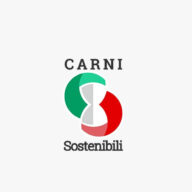
Animal welfare, an important part of EFSA’s remit
Animal welfare is an important part of EFSA’s remit. The safety of the food chain is indirectly affected by the welfare of animals, particularly those farmed for food production, due to the close links between animal welfare, animal health and food-borne diseases. Stress factors and poor welfare can lead to increased susceptibility to disease among animals. This can pose risks to consumers, for example through common food-borne infections like Salmonella, Campylobacter and E.Coli.
The welfare of food producing animals depends largely on how they are managed by humans. A range of factors can impact on their welfare including housing and bedding, space and crowding, transport conditions, stunning and slaughter methods, castration of males and tail docking.
EU regulatory framework
The EU has among the world’s highest standards of animal welfare. The overall framework for EU action on animal welfare is set out in the EU Animal Welfare Strategy 2012-2015.
Harmonised EU rules are in place covering a range of animal species and welfare-affecting issues. Council Directive 98/58/EC lays down the minimum standards for the protection of all farmed animals, while other EU legislation sets welfare standards for farmed animals during transport and at the time of stunning and slaughter. Specific Directives cover the protection of individual animal categories such as calves, pigs and laying hens. In addition to farmed animals, animals used in laboratory tests and wild animals kept in zoos are also protected by harmonised EU standards.
Other international organisations have also issued recommendations and guidelines concerning animal welfare, such as the World Organisation for Animal Health (OIE) and the Council of Europe. The EU is a signatory to the European Convention for the protection of animals kept for farming purposes, adopted by the Council of Europe.





